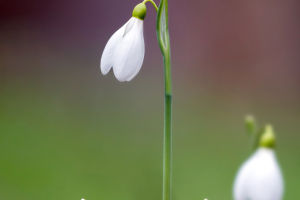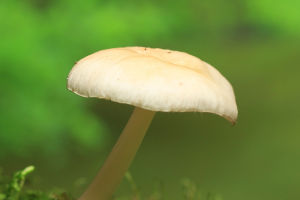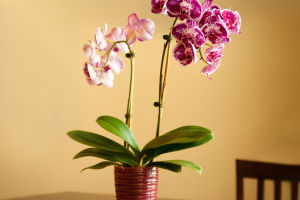Tulips, one of the most beloved flowers worldwide, are synonymous with spring, adding vibrant splashes of color to gardens, parks, and floral displays.
Originating from Central Asia, tulips gained immense popularity in Europe, particularly in the Netherlands, where they became a cultural icon during the "Tulip Mania" of the 17th century.
Varieties of Tulips
Tulips come in an astounding range of shapes, sizes, and colors, with over 3,000 registered varieties to choose from. These varieties are categorized into different classes based on their flower form and bloom time. Here are a few popular types of tulips:
Single Early Tulips: These tulips bloom in early spring and are known for their classic, cup-shaped flowers in a wide array of colors.
Double Late Tulips: These have lush, peony-like blooms with multiple layers of petals, making them a favorite for those who prefer fuller flowers.
Parrot Tulips: Known for their unique, ruffled petals and mixed, bold colors, parrot tulips create a dramatic display in any garden.
Tulips are typically available in almost every color imaginable, from soft pastels like pink, white, and lavender to vibrant shades of red, yellow, and orange. Some varieties even feature stripes or multicolored patterns.
Symbolism and Meaning
Tulips have long been associated with deep symbolic meanings. Depending on their color, tulips can convey different messages. Red tulips symbolize passionate love, making them a popular choice for romantic gestures. Yellow tulips, once associated with jealousy, now symbolize happiness and cheerfulness. Purple tulips are a symbol of royalty and elegance, while white tulips often represent forgiveness and peace.
Beyond personal messages, tulips also symbolize rebirth and renewal, making them the perfect flower to represent spring.
Growing Tulips
Growing tulips is relatively simple and rewarding, making them a great choice for gardeners of all levels. Tulips thrive in well-drained soil and full sunlight. The bulbs should be planted in the fall, about 6-8 weeks before the ground freezes, to ensure they have time to develop roots before winter. Plant them about 4-6 inches deep, with the pointed end facing upward.
Tulips typically require little maintenance, though it’s important to water them after planting and during dry spells. Once the blooms fade in late spring, the leaves should be allowed to die back naturally to nourish the bulbs for next year’s growth.
Fun Facts About Tulips
During the 17th-century Dutch "Tulip Mania," tulips were so valuable that their bulbs were used as currency.
The Netherlands remains the largest producer of tulips, exporting billions of bulbs annually.
While tulips are closely associated with the Netherlands, they originally hail from the mountains of Central Asia.
Conclusion
Lykkers, Tulips are a timeless symbol of beauty, elegance, and renewal. Whether planted in gardens, given as gifts, or admired in floral arrangements, these stunning blooms continue to capture the hearts of flower lovers worldwide with their vibrant colors, unique varieties, and rich history.
How to Grow Tulips | At Home With P. Allen Smith
Video by ehowhome


